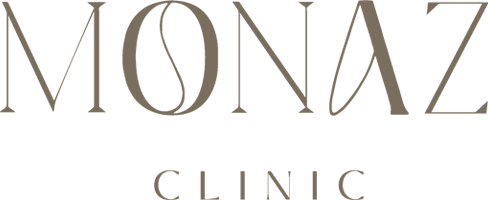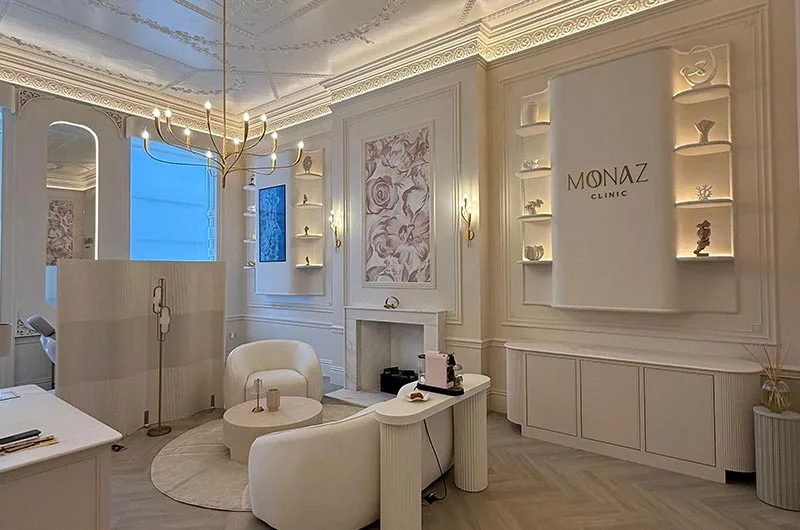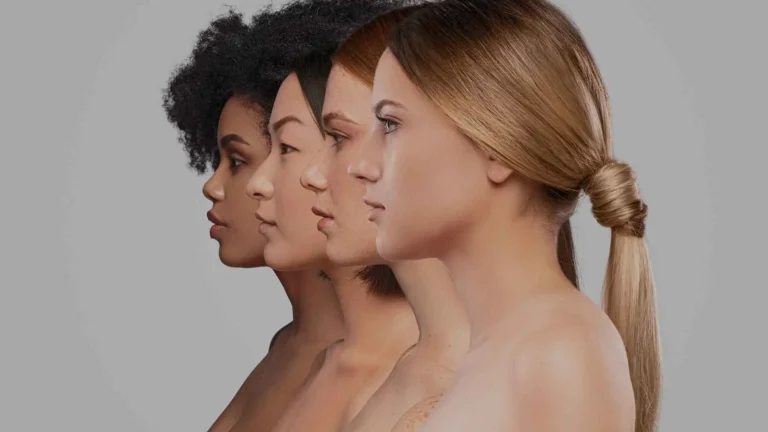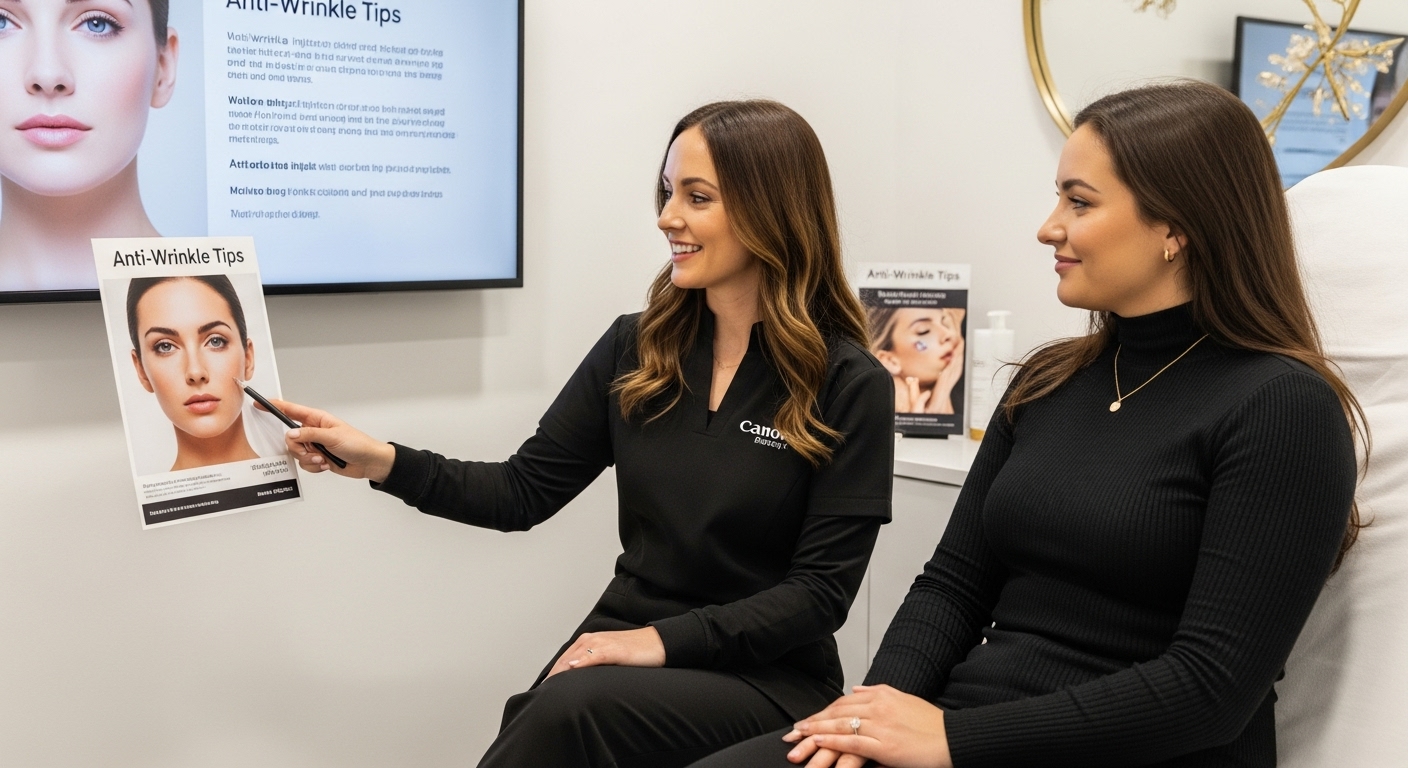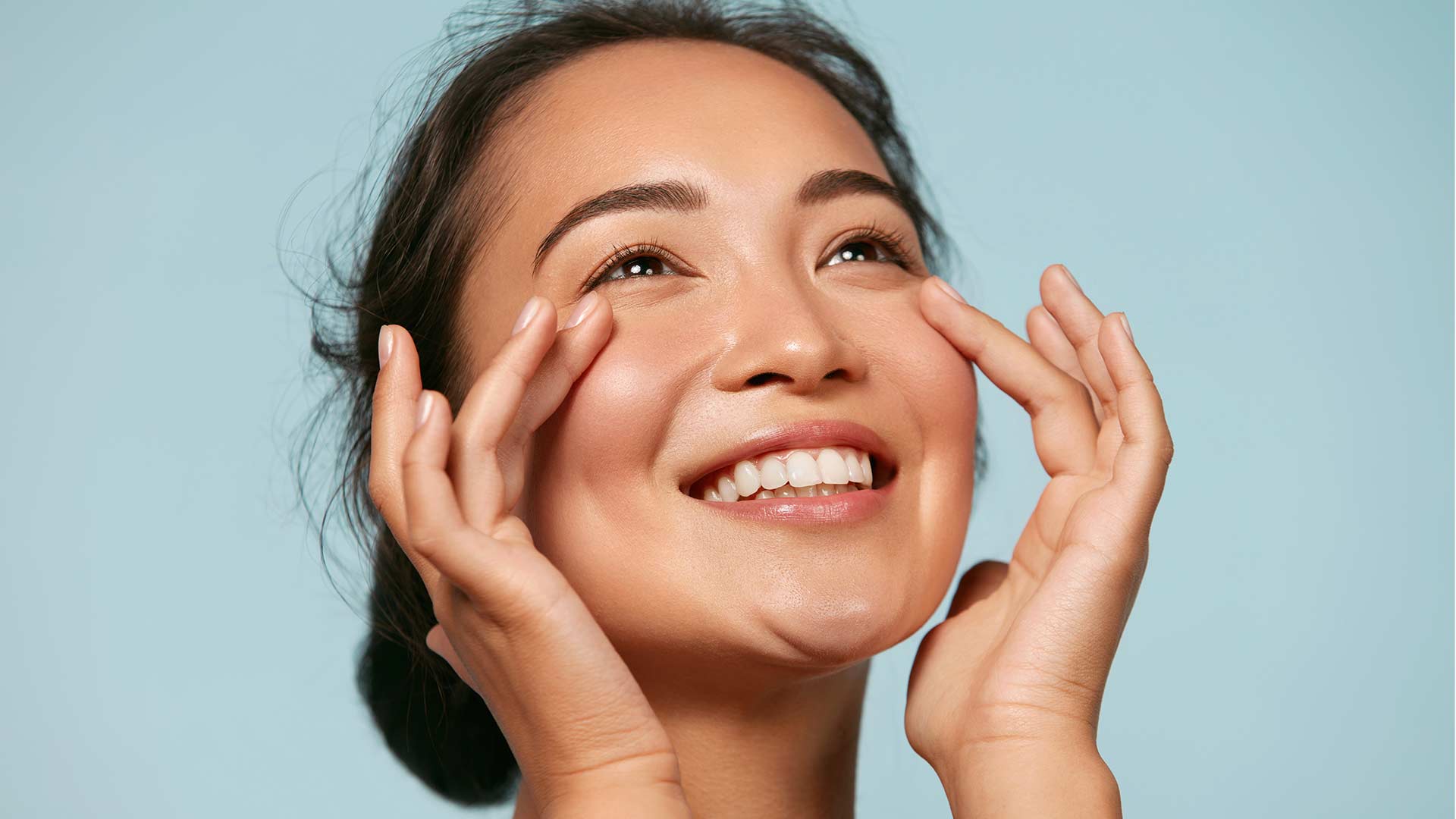Discover what is anti-wrinkle treatment and why it matters for facial aesthetics. Gain a comprehensive understanding of its effects and workings.
Everyone wants smooth, youthful skin, and anti-wrinkle treatments have quickly become one of the most popular ways to fight visible ageing. Britons now spend over £3 billion a year on cosmetic procedures, all in pursuit of a fresher look. Strangely, it is not just the reduction of wrinkles that people seek. Many are turning to these treatments for the psychological lift they bring, with studies showing a clear link between these procedures and improved self-confidence.
Table of Contents
- Understanding The Concept Of Anti-Wrinkle Treatments
- The Importance Of Anti-Wrinkle Treatments In Facial Aesthetics
- How Anti-Wrinkle Treatments Work: The Science Behind It
- Common Types Of Anti-Wrinkle Treatments And Their Applications
- Factors To Consider Before Choosing An Anti-Wrinkle Treatment
Quick Summary
| Takeaway | Explanation |
|---|---|
| Understand skin ageing causes | Skin ageing is driven by reduced collagen, oxidative stress, hormonal changes, and environmental factors. |
| Explore different treatment types | Common treatments include botulinum toxin for dynamic wrinkles and dermal fillers for volume restoration. |
| Consider personal health factors | A medical history review ensures treatment suitability and identifies potential risks before undergoing procedures. |
| Communicate aesthetic goals | Clearly expressing your desired outcomes helps practitioners recommend the right anti-wrinkle treatments for you. |
| Recognise psychological benefits | Anti-wrinkle treatments can enhance self-esteem, body image, and reduce anxiety related to ageing. |
Understanding the Concept of Anti-Wrinkle Treatments
Anti-wrinkle treatments represent sophisticated aesthetic interventions designed to minimise and reduce visible signs of skin ageing. These specialised procedures target fine lines, wrinkles, and skin texture changes that naturally occur as part of the human ageing process. Learn more about advanced wrinkle prevention techniques can provide additional insights into maintaining youthful skin.
The Science Behind Skin Ageing
At its core, skin ageing results from multiple interconnected biological processes. Collagen and elastin production naturally declines with age, leading to decreased skin elasticity and firmness. Environmental factors such as UV exposure, pollution, and lifestyle habits accelerate these changes, causing premature skin deterioration.
Key factors contributing to skin ageing include:
- Reduced natural protein production
- Accumulated oxidative stress
- Decreased cellular regeneration capacity
- Hormonal changes
- Genetic predispositions
Mechanism of Anti-Wrinkle Interventions
Anti-wrinkle treatments work through precise mechanisms targeting skin structural components. According to research from the American Academy of Dermatology, these treatments typically involve injectable neurotoxins or dermal fillers that interrupt muscle movement or restore lost volume.
The primary objectives of anti-wrinkle treatments include:
- Relaxing targeted facial muscles
- Stimulating collagen regeneration
- Restoring facial volume
- Improving overall skin texture and appearance
By understanding these sophisticated interventions, individuals can make informed decisions about maintaining their skin’s health and appearance through scientifically backed aesthetic treatments.
The Importance of Anti-Wrinkle Treatments in Facial Aesthetics
Facial aesthetics represents a nuanced approach to personal wellness and self-confidence, where anti-wrinkle treatments play a critical role in addressing age-related skin transformations. Explore our comprehensive guide to understanding anti-wrinkle advantages provides deeper insights into these sophisticated interventions.
Psychological and Emotional Impact
Anti-wrinkle treatments extend far beyond physical appearance. According to research from the Royal College of Surgeons, these aesthetic interventions can significantly enhance psychological well-being by addressing age-related changes that impact self-perception and confidence.
Key psychological benefits include:
- Increased self-esteem
- Reduced anxiety about ageing
- Enhanced personal and professional confidence
- Improved body image perception
- Positive emotional response to personal appearance
Medical and Preventative Dimensions
Beyond aesthetic improvements, anti-wrinkle treatments offer substantial medical benefits. These interventions are not merely cosmetic procedures but proactive approaches to skin health. They can prevent deeper wrinkle formation, stimulate collagen production, and mitigate early signs of skin degradation.
Significant preventative aspects include:
- Early intervention in skin ageing processes
- Stimulation of natural skin regeneration mechanisms
- Protection against environmental damage
- Maintenance of skin structural integrity
- Potential reduction in long-term dermatological interventions
By understanding these comprehensive benefits, individuals can approach anti-wrinkle treatments as holistic wellness strategies that address both aesthetic desires and broader health considerations.
This table outlines key psychological, preventative, and medical benefits of anti-wrinkle treatments, helping readers appreciate the holistic impact of these interventions.
| Benefit Category | Description |
|---|---|
| Psychological | Increased self-confidence and enhanced body image |
| Emotional | Reduced anxiety about visible signs of ageing |
| Preventative | Early intervention can delay deeper wrinkle formation |
| Medical | Stimulates collagen production and maintains skin integrity |
| Professional | May improve confidence in professional and social interactions |
How Anti-Wrinkle Treatments Work: The Science Behind It
Anti-wrinkle treatments leverage sophisticated scientific mechanisms to address skin ageing at a cellular and muscular level. Learn about the most effective wrinkle treatments can help individuals understand the nuanced approaches available in modern aesthetic medicine.
Neuromuscular Intervention Techniques
Botulinum toxin represents a primary anti-wrinkle intervention strategy. According to scientific research from the National Institutes of Health, these treatments function by blocking acetylcholine release at neuromuscular junctions, temporarily interrupting muscle movement responsible for dynamic wrinkle formation.
Key neuromuscular intervention characteristics include:
- Targeted muscle relaxation
- Temporary interruption of nerve signals
- Precise application in specific facial regions
- Reduced muscle contraction capacity
- Minimally invasive procedural approach
Dermal Regeneration and Volume Restoration
Dermal fillers complement neurotoxin treatments by addressing volume loss and structural skin changes. These injectable substances restore facial contours, stimulate collagen production, and provide immediate volumetric improvements to areas experiencing age-related depletion.
Primary dermal regeneration mechanisms involve:
- Hyaluronic acid introduction
- Collagen stimulation
- Immediate volume replacement
By understanding these intricate scientific approaches, individuals can appreciate anti-wrinkle treatments as sophisticated, medically grounded interventions designed to address complex skin ageing processes with precision and care.
Common Types of Anti-Wrinkle Treatments and Their Applications
Anti-wrinkle treatments encompass multiple sophisticated techniques designed to address diverse skin ageing concerns. Discover the comprehensive guide to anti-wrinkle injections provides deeper insights into these specialised interventions.
Botulinum Toxin Treatments
Botulinum toxin represents the most prevalent anti-wrinkle intervention, targeting dynamic facial wrinkles caused by repeated muscle movements. According to medical research from the NHS, these treatments strategically relax specific muscle groups to reduce the appearance of expression lines.
Key application areas for botulinum toxin include:
- Forehead horizontal lines
- Glabellar lines between eyebrows
- Crow’s feet around eye periphery
- Neck muscle relaxation
- Fine lines around mouth regions
Dermal Filler Interventions
Dermal fillers offer a complementary approach to anti-wrinkle treatments, focusing on volume restoration and structural enhancement. These injectable substances utilise hyaluronic acid and other volumising compounds to rebuild facial contours and smooth deeper wrinkle formations.
Primary dermal filler application zones encompass:
- Nasolabial fold smoothing
- Cheek volume replenishment
- Lip augmentation and definition
- Jawline contouring
- Temple area rejuvenation
By understanding these nuanced treatments, individuals can select personalised interventions that address their specific aesthetic requirements with precision and expertise.
The following table compares the two most common types of anti-wrinkle treatments, summarising their mechanisms, target areas, and typical treatment duration.
| Treatment Type | Mechanism of Action | Common Application Areas | Typical Duration of Results |
|---|---|---|---|
| Botulinum Toxin | Temporarily relaxes underlying facial muscles | Forehead lines, glabellar lines, crow’s feet, neck region | 3 to 6 months |
| Dermal Fillers | Restores volume and stimulates collagen | Nasolabial folds, cheeks, lips, jawline, temples | 6 months to 2 years |
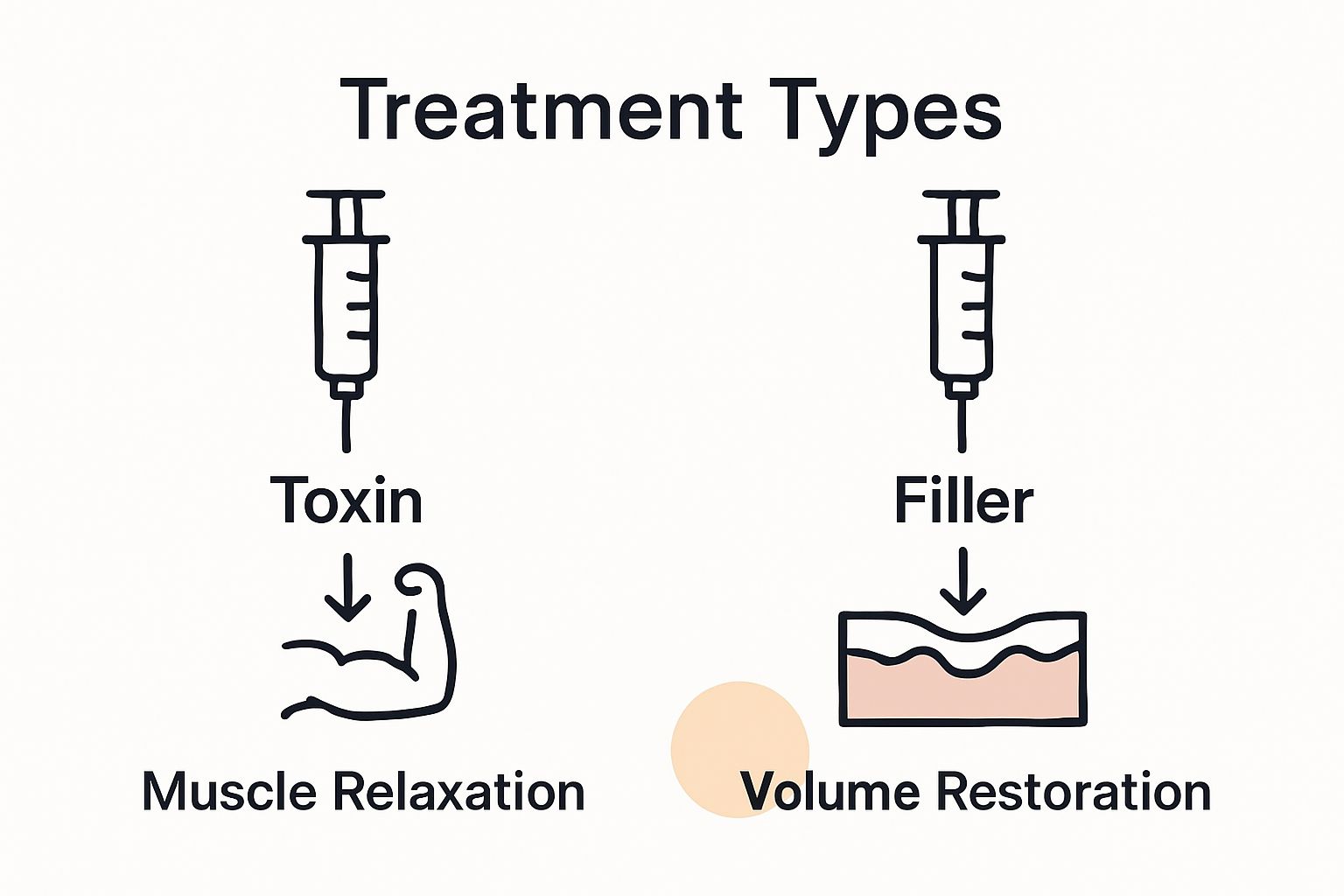
Factors to Consider Before Choosing an Anti-Wrinkle Treatment
Selecting an appropriate anti-wrinkle treatment requires careful consideration of multiple personalised factors. Explore the best treatment strategies for your unique needs can help guide your decision-making process.
Personal Health and Medical History
A comprehensive medical assessment forms the foundation of safe and effective anti-wrinkle interventions. According to research from the Royal College of Surgeons, understanding individual medical history is crucial in determining treatment suitability and potential risks.
Key health considerations include:
- Existing medical conditions
- Current medication regimens
- Allergic reaction history
- Skin sensitivity profiles
- Pregnancy and breastfeeding status
- Autoimmune disorder implications
Aesthetic Goals and Expectations
Clear communication of aesthetic objectives helps practitioners recommend the most appropriate anti-wrinkle treatment. Realistic expectations are fundamental to achieving satisfactory outcomes and maintaining patient confidence.
Important expectation management factors encompass:
- Desired aesthetic transformation
- Understanding treatment limitations
- Longevity of potential results
- Recovery and downtime considerations
- Budget and maintenance requirements
By thoroughly evaluating these personalised aspects, individuals can make informed decisions that align with their health requirements and aesthetic aspirations.
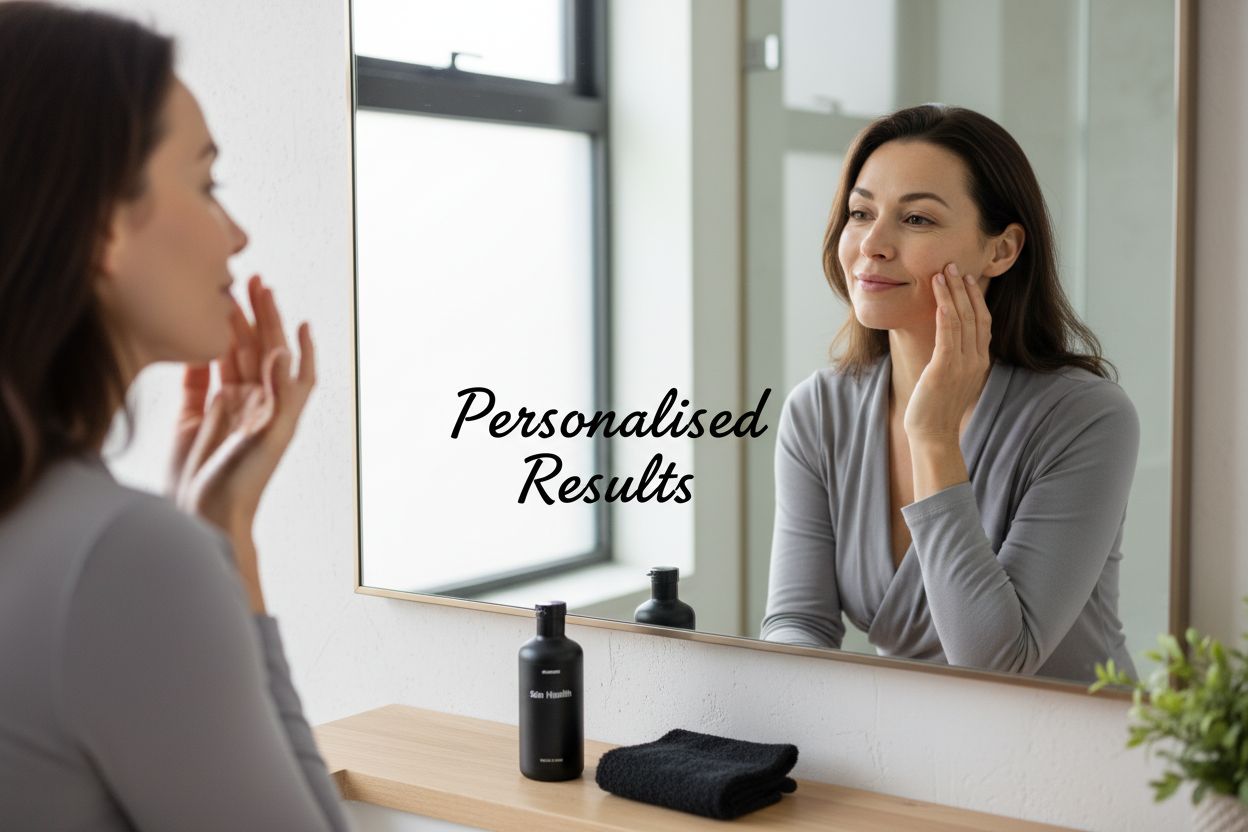
Reveal Smoother, Younger Skin with Confidence at Monaz Clinic
Do you feel frustrated seeing fine lines and wrinkles in the mirror even though you value healthy skin? Many women develop concerns about reduced skin elasticity or loss of firmness as they age. Our article explains the science behind anti-wrinkle treatments, why early prevention matters, and how expert care can protect your natural appearance. If you relate to these pain points, you are not alone. Explore trusted advice and the latest practical tips in our anti-ageing tips library for more support in your journey.
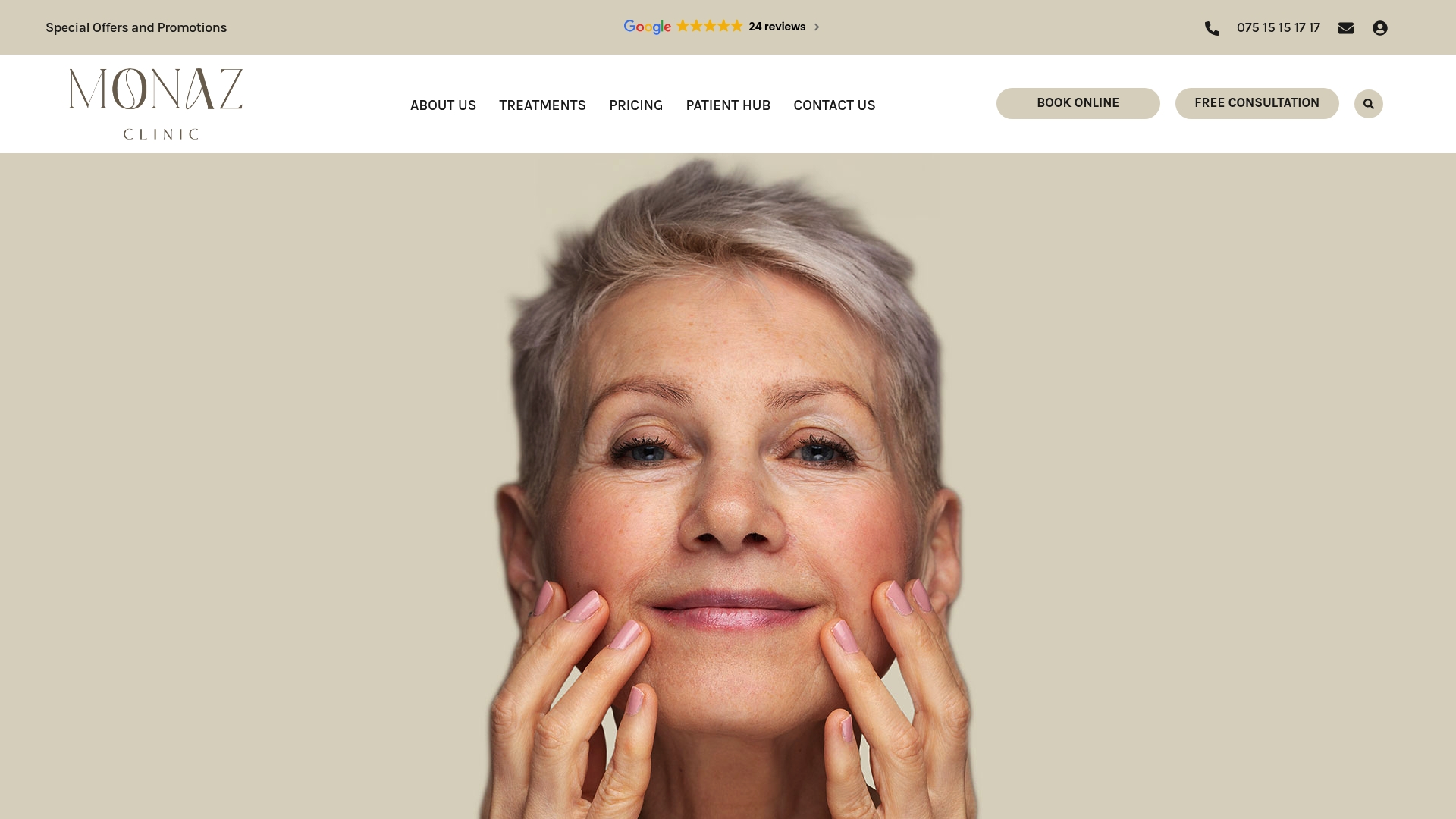
Why wait for deeper lines to form? Reserve your complimentary one-on-one consultation at Monaz Clinic in Central London today. Every anti-wrinkle solution is expertly performed for women, guided by medically trained practitioners who understand your goals. Enjoy award-winning treatments that put your safety and confidence first. Take the first step towards natural, refreshed skin—visit our clinic site or our dedicated tips section and start revealing your best self now.
Frequently Asked Questions
What are the main benefits of anti-wrinkle treatments?
Anti-wrinkle treatments offer numerous benefits, including reducing fine lines and wrinkles, restoring lost volume, enhancing skin texture, improving self-esteem, and providing a preventative approach to skin ageing.
How do anti-wrinkle treatments work?
Anti-wrinkle treatments primarily function through injectable neurotoxins or dermal fillers. Neurotoxins relax targeted facial muscles, while dermal fillers restore lost volume and stimulate collagen production, addressing the signs of skin ageing at a cellular level.
Who is a suitable candidate for anti-wrinkle treatments?
Suitable candidates for anti-wrinkle treatments typically include adults experiencing fine lines and wrinkles who are in good general health and have realistic expectations regarding their aesthetic goals. A medical assessment is essential to determine individual suitability.
How long do the results of anti-wrinkle treatments last?
The longevity of results from anti-wrinkle treatments can vary based on the type of treatment. Generally, results from neurotoxin applications last between three to six months, while dermal fillers may last from six months to two years, depending on the product used and individual skin characteristics.
Recommended
- Understanding the Advantages of Anti-Wrinkle Injections – Monaz Clinic London
- Understanding the Advantages of Anti-Wrinkle Injections – Monaz Clinic London
- What is Anti Wrinkle Injections? Understanding Facial Aesthetics – Monaz Clinic London
- Understanding the Anti-Wrinkle Injection Guide – Monaz Clinic London
